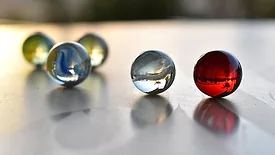Home » hydronic systems
Articles Tagged with ''hydronic systems''
HYDRONICS WORKSHOP
Hydronic systems don’t have to be complex to be sophisticated.
Read More
Dan Holohan: Marbles and ghosts
Visual thinking is key to understanding hydronic systems.
December 8, 2021
Heating Help
Dan Holohan: Does size matter?
Big or small, contractors do it all.
December 2, 2021
Trend watch
Hydronic contractors becoming control consultants
Connected customers provide long-term partnerships for contractors.
November 19, 2021
John Siegenthaler: Game changer
Heat pumps and chilled water cooling will change the future of hydronics.
September 29, 2021
Dan Holohan: My favorite radiator stories
The things we are taught when young stay with us for a long time — even if they are not always the right things.
August 2, 2021
Ray Wohlfarth: Troubleshooting hydronic systems
A checklist to help with diagnosing problems on the job.
July 7, 2021
Dan Holohan: When luck fails you
Ask the important questions on every troubleshooting call.
July 2, 2021
John Siegenthaler: Your customers don’t pay for COPs
Understanding coefficient of performance.
July 1, 2021
Keep your content unclogged with our newsletters!
Stay in the know on the latest plumbing & piping industry trends.
JOIN TODAY!Copyright ©2025. All Rights Reserved BNP Media.
Design, CMS, Hosting & Web Development :: ePublishing










